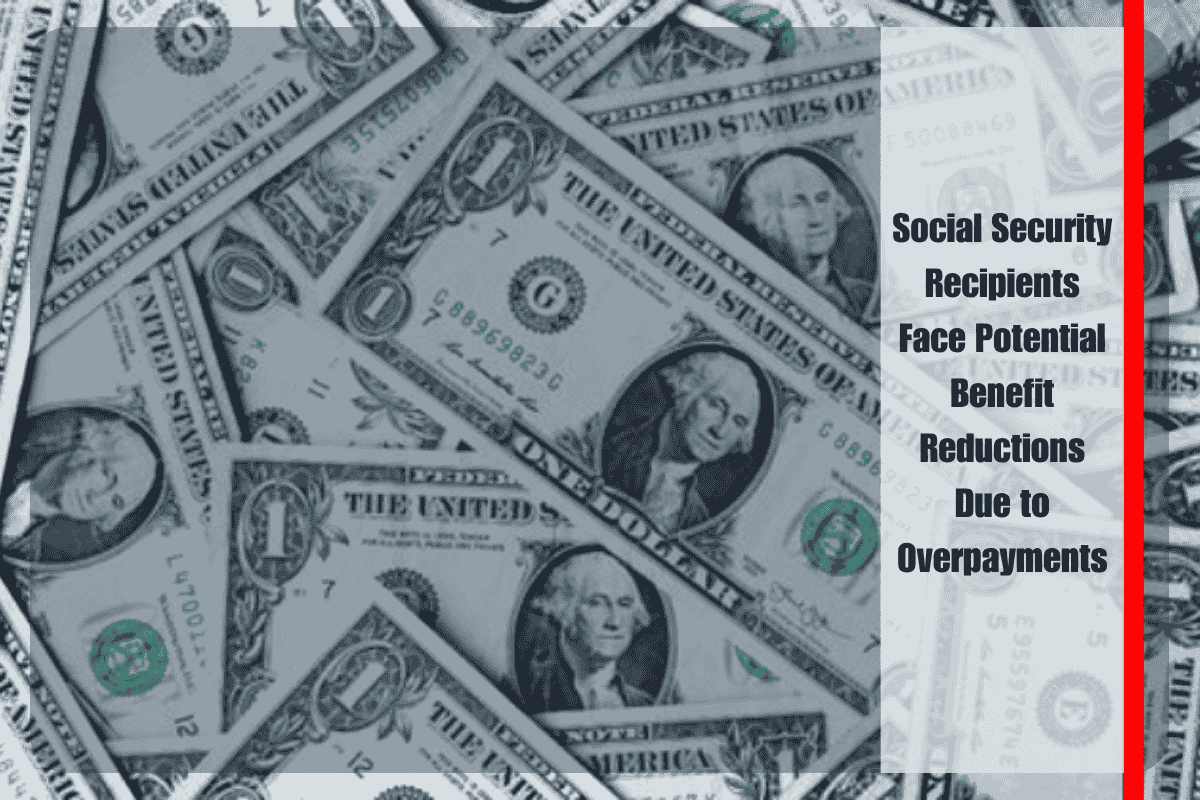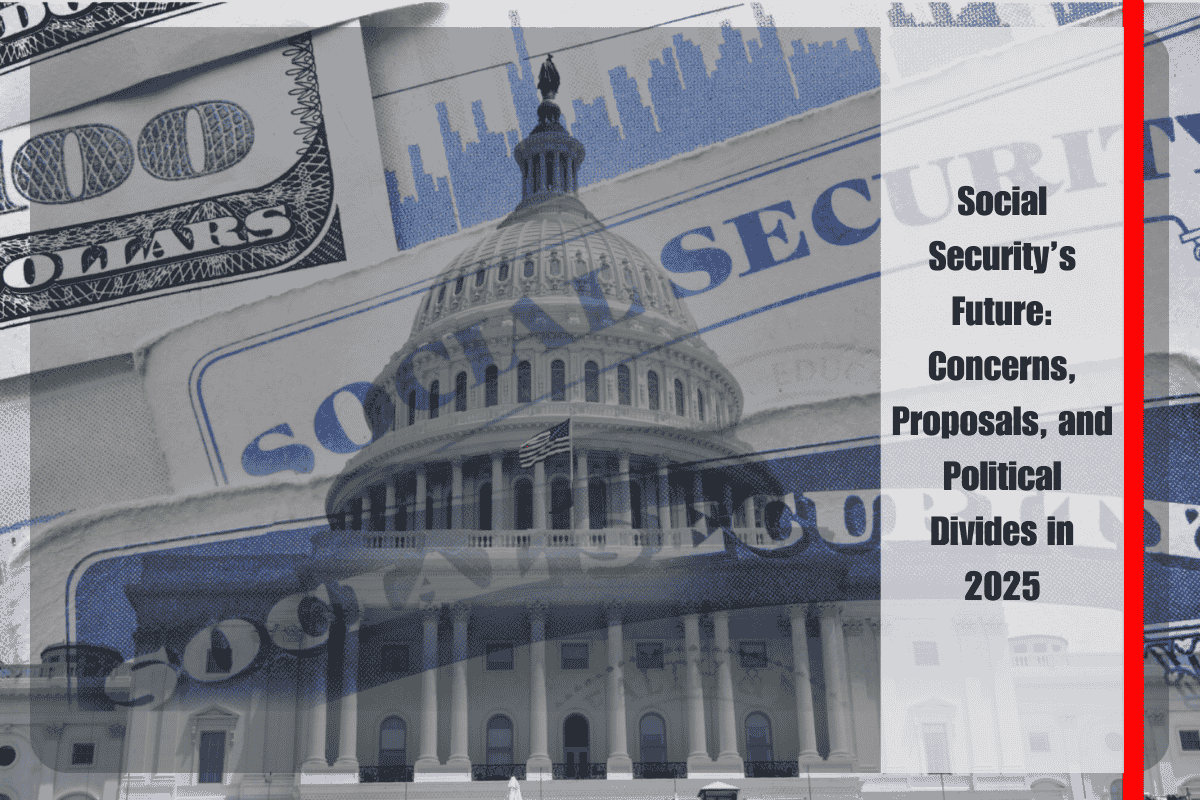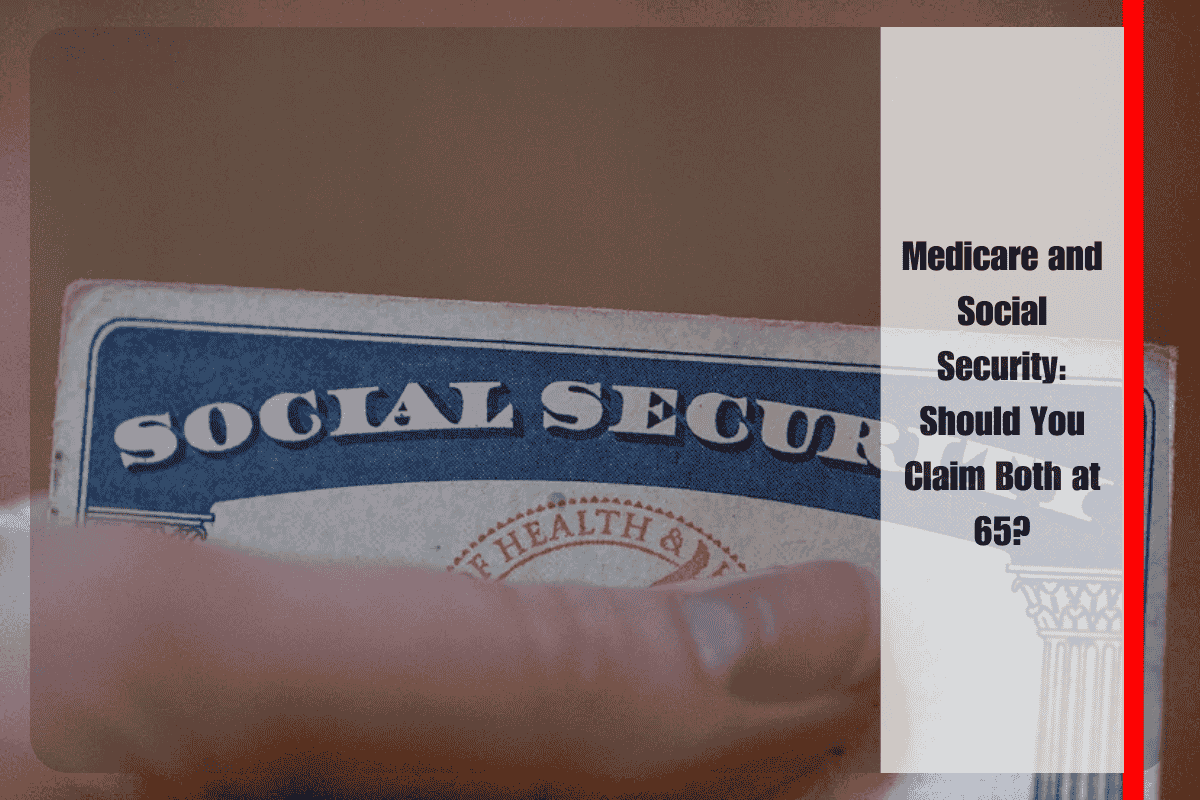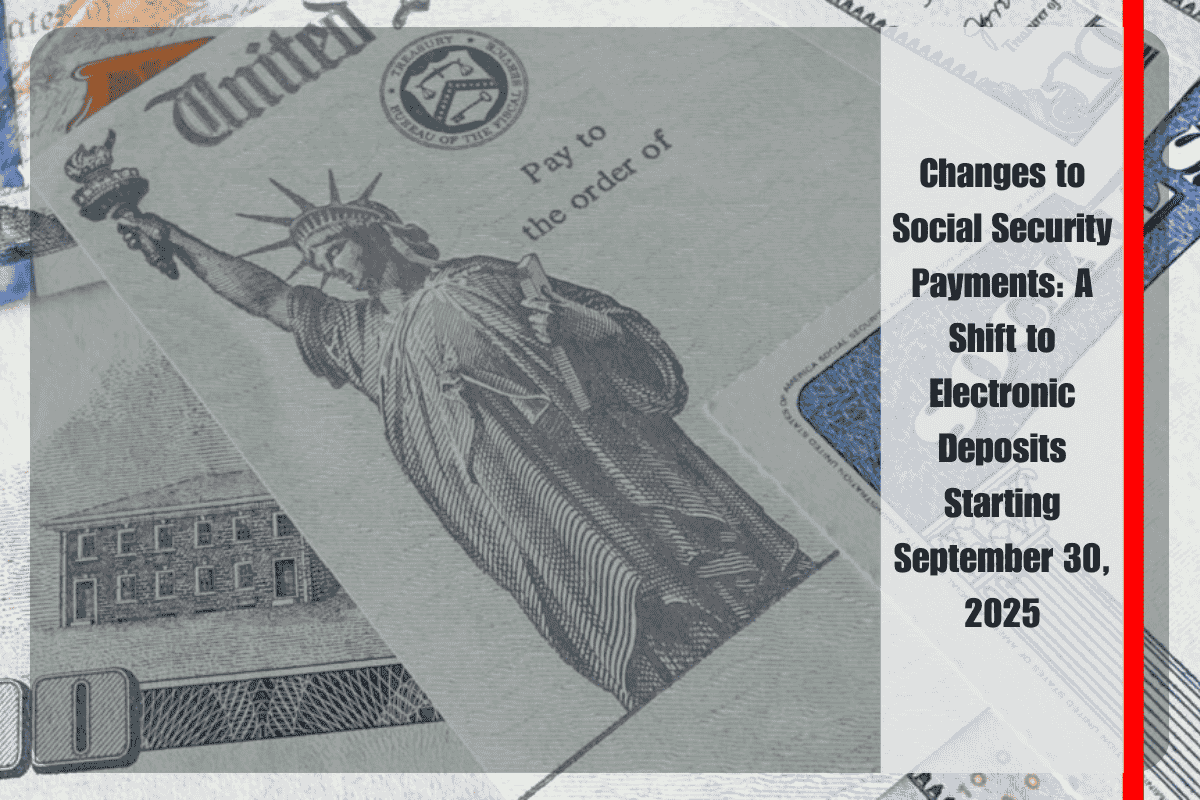Millions of Social Security recipients are facing the possibility of sharply reduced benefits this summer after receiving letters warning of overpayments. The Social Security Administration (SSA) has started issuing notices to individuals who were mistakenly overpaid, and failure to act could lead to significant cuts in benefits in the coming weeks.
Overpayments occur when the government sends more money than a beneficiary is entitled to receive. This often happens due to unreported changes in income, marital status, or disability status. In some cases, the error comes from the SSA itself, such as clerical mistakes or miscalculations. Regardless of the cause, the SSA is legally obligated to recover the overpaid funds, a process referred to as a “clawback.”
The SSA’s approach to clawbacks has varied across administrations. Under President Joe Biden, the default withholding rate was lowered from 100% to 10% to ease the financial burden on beneficiaries. During the early years of the Trump administration, the rate briefly returned to 100% before settling at the current 50% threshold. This means the SSA can withhold up to half of a recipient’s monthly benefit until the overpayment is fully recovered.
The SSA began sending overpayment notices under this new rule on April 25, with a 90-day response window. Recipients who fail to respond by July 24 risk having 50% of their monthly benefits withheld automatically. However, the timing of the benefit reductions will vary based on individual payment schedules and processing times. “The key nuance here is that the SSA does not uniformly reduce benefits on day 91,” explained Michael Liner, head disability attorney at Liner Legal. “The timing depends on when the SSA processes the reduction and the beneficiary’s regular payment date.” For some recipients, the reduction could show up in August payments, which are made between August 2 and August 23, while others may experience delays.
Between 2015 and 2022, the SSA issued nearly $72 billion in improper payments, according to the Office of the Inspector General. While this represents less than 1% of total benefits, the impact on affected recipients can be significant. As of late 2023, $23 billion in overpayments remained outstanding. Beneficiaries who received an overpayment notice have several options to address the issue, but experts stress the importance of acting quickly.
Those who believe the notice is incorrect can file a Request for Reconsideration to appeal the decision. Alternatively, they can apply for a waiver, asking the SSA to forgive the debt entirely if they can demonstrate that the overpayment wasn’t their fault and that repayment would cause financial hardship. Both of these forms must be submitted by mail, fax, or in person, as they cannot be completed online.
For those who accept the overpayment but cannot manage the standard 50% withholding, the SSA allows beneficiaries to request a lower repayment rate by submitting a Request for Change in Overpayment Recovery Rate form. If no action is taken, benefits will be reduced starting on the date listed in the notice, typically the first payment after the 90-day window closes.
The situation is putting pressure on recipients to act swiftly in order to avoid unexpected reductions in their benefits and to maintain flexibility in how the overpayment is handled.












